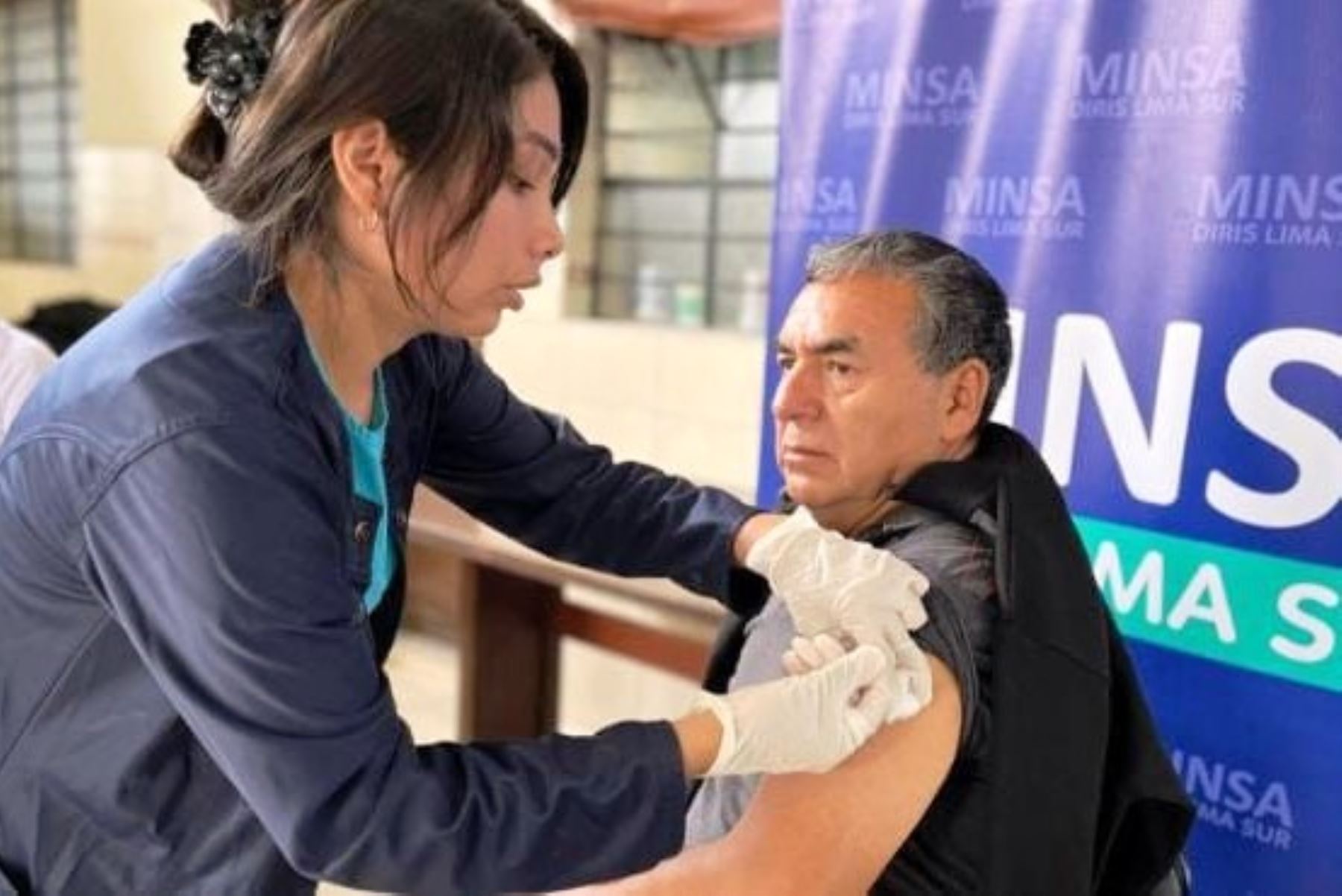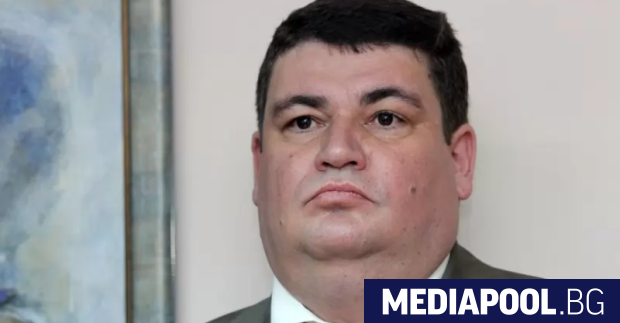#situation #stepchild #Adıyaman #year #disaster
ADIYAMAN
I have been in Adıyaman since February 6 to see the latest situation in the year since the earthquake that said “I am coming” despite the negligence.
I spent a lot of time on the streets of my hometown as part of a series of commemoration events organized by the Global Journalists Council (GAC). I talked to the people of Adıyaman. I listened to your troubles.
The two top administrators of the city are the Governors. Osman Varol and Mayor Suleyman KilincI met with him personally.
I convey my notes through Magnifying Glass, accompanied by photographs reflecting the current situation of the city.
Waking up to the sound of machinery
Let me first start with notes from the daily life of the city.
Despite the passage of a year, the local people have not yet recovered from the trauma.
Traces of the damage caused by the earthquake in the city begin with the entrance point of Atatürk Boulevard, which connects the airport to the center.
The completed TOKİ residences on the airport road immediately catch the eye. Next, the new service building of Adıyaman Police Department, whose construction was completed but whose opening was postponed due to the earthquake, appears before me. The repair of minor damage to the exterior of the building is still ongoing.
Continuing on the same route, there are construction areas left and right in the area up to the Clock Tower. The people of Adıyaman start the day with the loud sounds of the bored piling machines used on the lands where construction started after the debris was cleared. When the sounds of powerful bored pile machines are mixed with the sounds of bulldozers, diggers, mortar trucks and heavy tonnage trucks still carrying the iron extracted from the debris, one naturally feels in a different atmosphere.
Heavy tonnage trucks continue to carry the debris. (Photo: Tolga Şardan)
Heavy tonnage vehicles in traffic on the main streets are speeding along, trailing behind them the dust clouds created by the earthquake that have not yet disappeared. Every truck carrying debris or concrete inevitably reminds us of the earthquake and its aftermath.
Construction machines are used almost everywhere in the city. (Photo: Tolga Şardan)
It is also possible to see machines performing ground surveys on some plots of land, both in the side streets and on the main streets. These vehicles and machines buzz in urban traffic at all hours of the day.
TOKİ is literally building a new city in the rocky region known as Esentepe or İndere.
Ground inspection is being carried out on the land of a demolished building on the street right behind the governor’s office (Photo: Tolga Şardan)
A large number of cranes and employees are at work in the TOKİ constructions, which were started in the forest area, which is preferred due to its strong ground structure.
More than 16 thousand houses to be distributed to beneficiaries are being built in this region.
New buildings are razed instead of old ones
While wandering around the city center, there are still many damaged buildings in the side streets in Bozbey, Hastanesi Street and Karapınar districts, where the February 6 earthquake was most effective in Adıyaman. The reason why the buildings in question have not been demolished despite the passage of a year is the ongoing judicial process. Hundreds of buildings remain standing with heavy/medium/light damage due to lawsuits among rights holders.
Damaged buildings, whose judicial process is ongoing, are waiting to be demolished (Photo: Tolga Şardan)
It would not be wrong to say that in addition to the wet ground of the city in the past, the buildings built with practices outside the legislation did not undergo adequate inspection, which caused the damage to life and property in the earthquake to double.
Row of buildings waiting to be demolished (Photo: Tolga Şardan)
Namely, the miracle of the survival of some old and new buildings in the three main regions where the earthquake was most effective is that they have at most three floors. Multi-storey buildings have turned into rubble, even though they were built 1 to 5 years before the earthquake. It is possible to see that many multi-storey luxury residential buildings, the construction of which has been completed but not moved, have become heavily damaged in almost every region of the city.
The people of Adıyaman find it natural that hundreds of lives were lost due to the collapsed luxury sites!
No matter how the earthquake hit, there are buildings that have remained the same for a year (Photo: Tolga Şardan)
Laments rising from the cemetery
In the city I came to on the morning of February 6, there was a commemoration of the lives lost in the earthquake in Bahçecik Cemetery on the same day.
The bodies of most of the approximately 8,500 citizens who lost their lives in the earthquake are in this cemetery.
I think it goes without saying that the municipality had to expand the borders of the cemetery after the situation that emerged.
February 6 commemoration at Adıyaman City Cemetery (Photo: Tolga Şardan)
The fact that the commemoration of the first year of the earthquake also coincided with Miraj Day ensured that the participation was higher than expected.
Traffic was blocked on the road to the cemetery. Those who came with their vehicles were able to park their vehicles at a distance from the cemetery and walk to the cemetery.
It was extremely dramatic to witness the lamentations rise with the entrance to the cemetery. As a journalist who followed the Erzincan earthquakes in 1992 and the Marmara earthquakes in 1999, I must admit that I did not dare to come to the region after the February 6 earthquake.
A citizen who lost his relatives in the February 6 earthquake prayed at the grave (Photo: Tolga Şardan)
The painting I saw in the cemetery a year later was like proof of how big, tragic and dire the magnitude of what happened in the earthquake a year ago was.
Almost the entire newly opened section of the cemetery has been turned into a family tomb. Some have a single grave, and many have more than one. The people of Adıyaman read the Quran and prayed at the graves of their lost relatives all day long.
Many non-governmental organizations, especially Adıyaman Municipality, supported those who came to the cemetery.
The sadness of Adıyaman people is “treated like a stepchild”
Even though a year has passed, I am wandering around the back streets of Adıyaman, which has not yet fully healed its wounds.
Daily life has relatively changed. But it is possible to read the trauma on their faces.
Even saying “hello and get well soon” to the people of Adıyaman I meet is challenging. It is very difficult to predict how they will react.
February 6 commemoration banner of AKP’s mayoral candidate Ziya Polat (Photo: Tolga Şardan)
Daily life has changed considerably compared to before February 6. Those who own a vehicle stack a bag with clothes and food in the trunk, as well as plenty of water.
The ovens are operating at full capacity.
Let me remind you; President Erdoğan During the 2023 general elections, he only asked forgiveness from Adıyaman in his rallies in the earthquake zone. The meaning of this request was interpreted as “something was missing and the city’s needs after the earthquake could not be fully met” in those days.
The people of Adıyaman, whom I talked to briefly, complain about being treated like “stepchildren” by the state and political power.
Despite all the negativities caused by the earthquake in the last general election in 2023, Adıyaman; He sent 4 MPs from AKP and 1 MP from CHP to the Parliament. The voting rate was 63 percent. On the other hand, the people of Adıyaman are of the opinion that they were “left alone” in the post-earthquake period compared to Hatay and Kahramanmaraş. They mention this frequently in private conversations.
He emphasizes that both the general and local elected officials in the city did not make sufficient contribution to solving the problems after the earthquake. Particularly, MPs complain that the damage in Adıyaman was not included in the country’s agenda sufficiently due to the lack of intensive sharing on social media after the earthquake.
Criticism to the former Minister
President of Adıyaman Active Journalists Association İbrahim Arslan, does not refrain from voicing this opinion openly in almost every environment. Arslan, with whom I chatted during my stay in the city, pointed out that the national media did not pay enough attention to the issue.
Arslan said, “After the earthquake, the first subtitled news about Adıyaman was published on the sixth day. Adıyaman was one of the three cities where the earthquake was most intense, along with Hatay and Kahramanmaraş. The voice of our city was not heard. Since there was no celebrity in our city, the public learned about Adıyaman after the sixth day.” The internet was narrowed down. Local media could not broadcast sufficiently. The then Minister of Transport and Infrastructure was appointed as coordinator in the city. Adil Karaismailoğlu“We could not announce the earthquake in Adıyaman when they gave the order to restrict the internet,” he said.
Gold sales by jewelers
While chatting with the people of Adıyaman, I witnessed some interesting claims and opinions.
For example, a citizen claimed that some property owners whose houses survived the earthquake were renting out their houses, but it was revealed that they were living in containers. With a little research, I reached the accuracy of the explanation.
It is stated that the governorship removed similar families from the containers following the findings.
Other interesting information is; A form of trade that took place after earthquake aid. Another Adıyaman resident said that after the earthquake, the jewelers in the city made unprecedented gold sales after the financial aid coming to the city from the state or non-governmental channels was distributed.
There is also the issue of housing construction. Some Adıyaman residents I interviewed emphasize that the buildings built in the city were not delivered on the announced date.
Distance education at university
I think it is necessary to talk a little about the university environment within the context of life in the city. Adıyaman University still continues distance education due to the buildings on its campus being damaged in the earthquake. Rector Prof. Dr. Mehmet Kelleşuses the available resources to the fullest extent and ensures that education continues, even remotely.
University students come together and spend time in cafes in the Altınşehir district of the city. It is difficult to find similar businesses in the city center. Students try to spend time in the cafes gathered only in the Altınşehir area.
Governor Varol: “Judicial process will begin regarding those for whom investigation permission has been given”
Now it’s time for the city’s senior management to make their assessments.
Let me start with Governor Osman Varol’s statements. Varol was appointed as coordinator governor by the Ministry of Internal Affairs in the post-earthquake period.
Afterwards, he was appointed governor of the city. He became the Governor of Adıyaman at the end of last June. He has been on duty ever since.
The highlights of Varol’s evaluations regarding the process, which we visited with colleagues from the KGK delegation, are as follows:
“Adiyaman is one of the cities affected by the earthquake. It has not been explained sufficiently. There is a lot of destruction in the countryside. 28 percent of the general building stock is damaged. We have difficulty finding contractors in construction activities. Since the beginning of the process, civil society and citizens, as well as the state, have contributed, which we cannot deny. Victims are being reduced. .
We cannot replace the losses. There is nothing to say. But lessons must be learned from what happened and what needs to be done. We are in earthquake geography. We have to be prepared for the earthquakes we will encounter again.
44 thousand 352 houses will be built throughout the province, including rural areas. 34 buildings were built in the north of the city. The draw for 1,136 houses will be held this week. İndere region will be the region where the most construction will take place in a single region. 16 thousand 433 houses are being built. There are ongoing constructions in Gölbaşı, Besni and Kahta. The process of completely delivering the houses by the end of the year continues.
Since the İndere region is rocky, the foundations were laid by blasting the rocks. Currently, 7 thousand workers are working. When fine workmanship begins, 15 thousand workers will work. We produce enough housing to meet the needs of beneficiaries. Construction should be carried out according to valid zoning plans.
The scale of the disaster is huge. At the time of the earthquake, people were living in 3 thousand of the more than 5 thousand individual sections. A search and rescue team is required for each independent section. Unfortunately, it is not possible to employ three thousand search and rescue teams.
It is necessary to build earthquake-resistant urban areas. Laws and regulations are actually sufficient. However, the ground, project and project implementation issues are important. The state’s legislation is sufficient on paper. It is necessary to activate the inspection mechanism.”
Announcements and banners hung on the streets before President Erdoğan’s visit to the city (Photo: Tolga Şardan)
I asked Governor Varol whether any action was taken against the public personnel who were negligent during the process. Long live, “There are public officials whose preliminary investigation is ongoing. The process is clear according to Law No. 4483. The judicial process will begin regarding those for whom investigation permission has been given.” said.
Varol underlined that there is no such thing as moving the city to a different region.
Mayor Kılınç: “There were no deaths during the period we gave the license”
Mayor as KGK delegation after Governor Varol Suleyman KilincI was the guest of . Kılınç, neurosurgeon. Native of Adıyaman. He was elected mayor in the local elections in 2019. Most of the people of Adıyaman I met are satisfied with Kılınç’s presidency. Their only criticism is that Kılınç could not form a good team. Kılınç could not become AKP’s candidate for March 29. In its place Ziya Polatwill enter the elections as the candidate of the ruling party.
Kılınç arrived for his appointment a short time late. I think he had an important reason. He joined us after completing the brain surgery he started in the morning.
He chatted with the comfort and self-confidence of being a doctor.
Kılınç also joined the criticism that Adıyaman’s voice was not quieted in the first one or two days of the earthquake. He said that the strong ecosystem of Kahramanmaraş and Hatay contributed to the voices of both cities being heard.
One headline he drew attention to was important: “As a society, we take action very quickly, but we are not good at planning.”
He summarized the example of the Kobe earthquake that was told to them during his visit to Japan.
I reminded Kılınç about the criticisms regarding the licenses given to constructions by the municipalities, which were the most criticized by the public after the earthquake.
In his response; “There were no deaths during the period when we issued the license. There is a problem with the previous process,” he said, pointing to the mayors who served as mayors before him.
Kılınç continued as follows: “In such periods, the first thing that comes to mind is local governments. After 1999, Adıyaman was a 4th degree earthquake zone. It has just become a 2nd degree earthquake zone. Nobody should tell us stories. The priority is to open the points of the state for development. There are many stakeholders in the process. There is a parliament. “There are building inspection companies lately. Everyone has more or less responsibility. No one should tell me that they are innocent.”
Arguing that self-criticism would be beneficial, Kılınç said, “We did not compromise on the license. I am the man who did not give a committee report to my father. Even when he was the chairman of the committee. The politician is what the society is. There should be no amnesty for zoning development.”
Explaining that they invested in infrastructure as a municipality, Kılınç said, “Citizens need clean water. Many people died from the disease.”
In my opinion, Kılınç’s following assessment was also important:
“Unfortunately, earthquake simulations are ineffective. No one can be reached during the earthquake. Transportation and communication are problems. Doomsday scenario. Municipal teams either died or tried to save their relatives. AFAD teams were either under the rubble or tried to reach their injured relatives. We are surrounded by metropolitan cities. But those who come from outside see the city well. “It is very important to plan. The incoming aid was stopped on the way. No country in the world can be so organized for aid, but there is no planning.”
* * *
These are the impressions I got during my short visit to Adıyaman. Just as I was writing the article, President Erdoğan came to the city. He also held a rally within the framework of the local election campaign. He also delivered the completed houses to their rightful owners.
Finally, let me add that there will be an interesting election struggle in the city.
Who is Tolga Şardan?
Tolga Şardan started his career at the locally published Ankara Ulus newspaper in 1988. He worked as a police reporter, Ankara Deputy Representative and columnist in Milliyet newspaper from 1989 to 2018.
With his news and articles, he received journalism awards named after Çetin Emeç, Muammer Yaşar Bostancı and Abdi İpekçi since 1992. In addition, his news stories were deemed worthy of awards by the Contemporary Journalists Association and the Turkish Sports Writers Association.
In addition, he received the 2021 Press Freedom Award given by the Turkish Journalists Association.
Şardan wrote his research book titled “Nazım Hikmet at the Komonist Desk”, published by Doğan Kitap in 2019.
Since 2019, he has been writing the column called Magnet, where he mostly discusses security issues on T24.





.webp)




